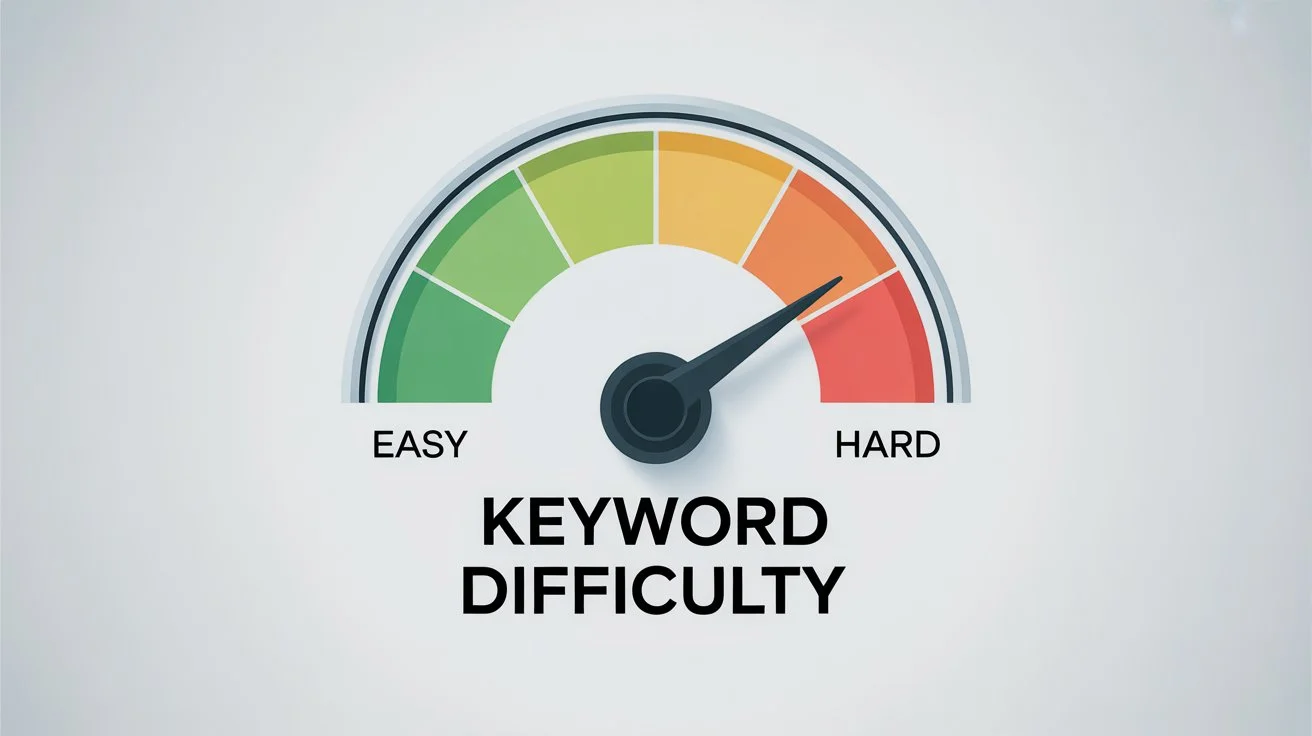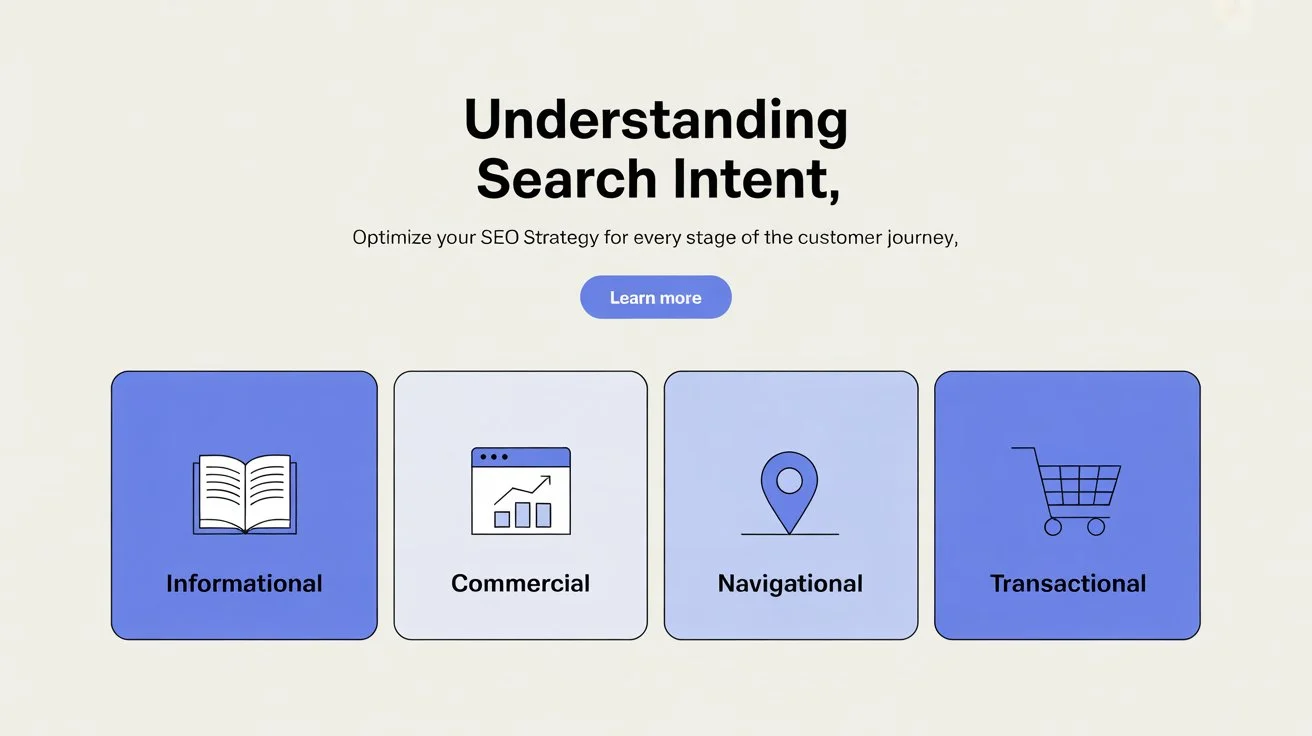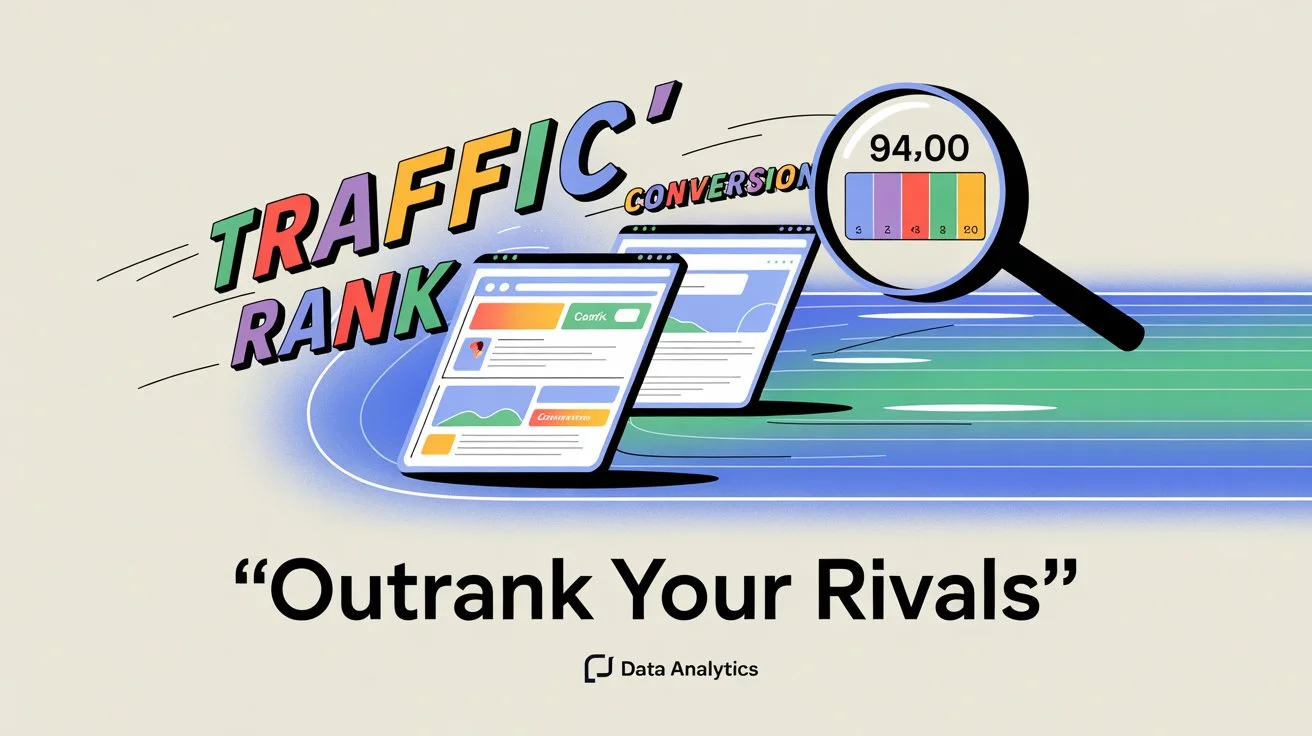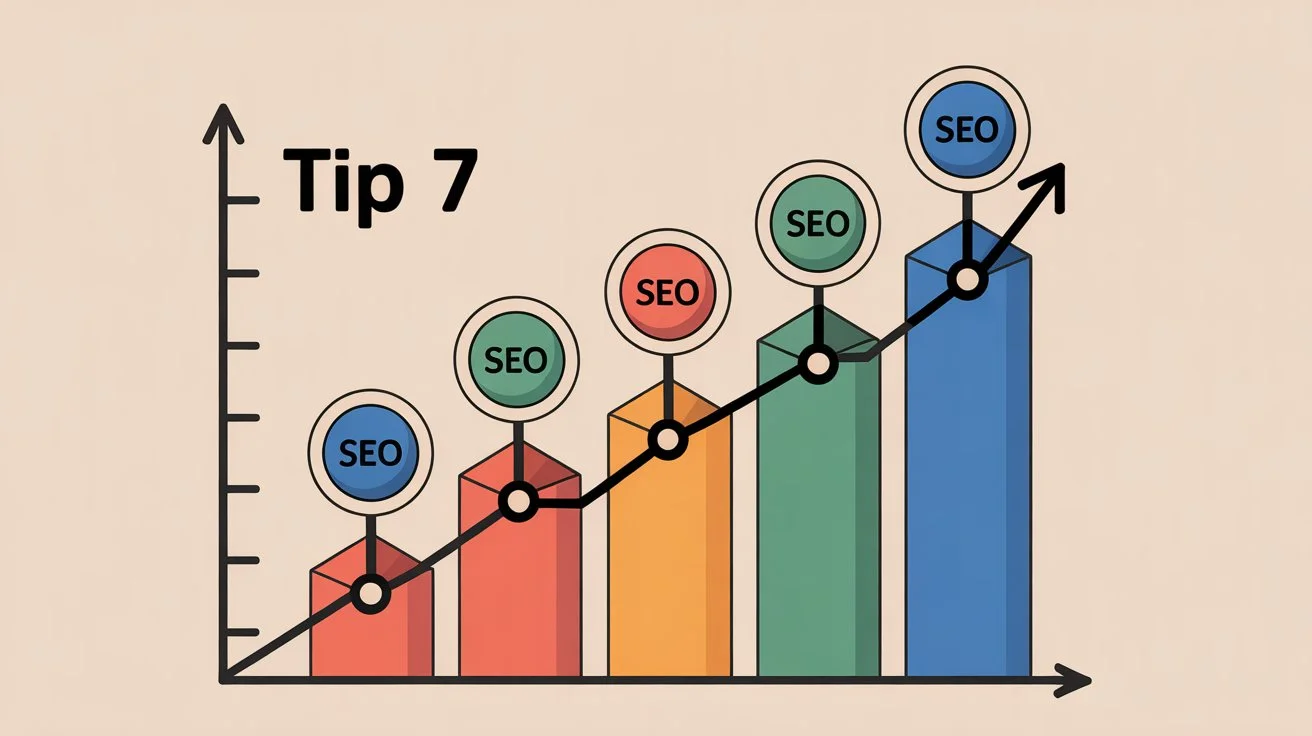Search Engine Optimization (SEO) can often feel like solving a puzzle. You know your website needs the right words to get found online, but figuring out what those words are is the tricky part. This is where a Keyword Revealer tool comes in handy. Think of it as a flashlight that shows you the exact phrases people type into Google when searching for products, services, or information.
Using this tool is one of the smartest ways to boost your site’s visibility. Instead of guessing what keywords might work, you can rely on real data. This blog will share seven simple tips to use Keyword Revealer effectively so you can achieve better SEO results.
For more details, you can read this blog : LastPass Generator
What is a Keyword Revealer?
Before diving into the tips, let’s clarify the basics. A Keyword Revealer is a software tool that helps website owners and bloggers discover valuable keywords. It reveals important insights like search volume (how many people search for a word each month) and keyword difficulty (how hard it is to rank for that word).
In simple terms, it gives you a clear direction. Instead of writing blindly, you’ll know which words to target so your content has a higher chance of ranking on Google.
Tip 1: Start with Broad Seed Ideas

If you don’t know where to begin, start broad. For example, imagine you run an online shop that sells handmade coffee mugs. Your broad seed keyword might be “coffee mugs.”
How to use it: Enter this phrase into your Keyword Revealer. The tool will generate a long list of related terms such as “ceramic coffee mugs,” “customized coffee mugs,” or “large coffee mugs.” This gives you a foundation of keyword ideas you can later refine.
Tip 2: Look for Long-Tail Keywords

Long-tail keywords are longer, more specific search phrases. While they have fewer searches per month, they are easier to rank for and often bring in visitors who are ready to take action.
How to use it: Within the keyword list from your tool, look for phrases that are three to five words long. For instance, instead of targeting “coffee mug,” choose “best travel coffee mug for work.” This type of keyword is highly specific and usually indicates strong buying intent.
Tip 3: Check the Keyword Difficulty Score

Not every keyword is worth chasing. That’s where keyword difficulty (KD) scores matter. A KD score tells you how hard it will be to rank for a term.
How to use it: As a beginner, target low-competition keywords with a KD score under 30. These give you the best chance to rank faster. A Keyword Revealer makes this easy by showing you which terms are realistic for your website to compete on.
Tip 4: Understand the Search Intent

Search intent is the reason behind a search. Google prioritizes results that best match the intent. There are four main types:
- Informational: Looking for knowledge (e.g., “how to clean coffee mugs”)
- Commercial: Comparing options (e.g., “best coffee mugs 2025”)
- Navigational: Searching for one specific site (e.g., “IKEA coffee mugs”)
- Transactional: Ready to buy (e.g., “buy ceramic coffee mug online”)
How to use it: Check the search results for your chosen keyword. If most results are blogs, the intent is informational. If they’re product listings, the intent is transactional. Make sure your content matches the intent behind the keyword.
Tip 5: Study Your Competitors

Why reinvent the wheel when your competitors have already done some of the work? Analyzing their keyword strategy can save you time.
How to use it: Many tools let you enter a competitor’s website and see which keywords they rank for. This opens doors to untapped opportunities. If your competitor is ranking for “personalized coffee mugs,” you might target a related keyword like “engraved coffee mugs” and create even better content.
Tip 6: Group Keywords into Topics

Instead of creating one page per keyword, group similar keywords together into one strong article. This strategy, called topic clustering, helps search engines see your content as more complete and useful.
How to use it: Suppose your tool shows keywords like “coffee mug sizes,” “best coffee mug material,” and “choosing a coffee mug.” You can group these into a single article, such as “The Ultimate Guide to Choosing the Right Coffee Mug.” Covering multiple angles in one place boosts both SEO and user experience.
Tip 7: Track Your Keyword Rankings

SEO isn’t a one-time task. To know whether your efforts are paying off, you must track how your site ranks for chosen keywords.
How to use it: Add your target keywords into the rank tracking section of your Keyword Revealer. The tool will generate weekly or monthly updates on your performance. This way, you can see which pages are improving and which need more optimization.
Conclusion
SEO doesn’t need to feel overwhelming. By using a Keyword Revealer wisely, you replace guesswork with real data. Start with seed ideas, look for long-tail keywords, analyze difficulty, understand intent, check competitor strategies, group your keywords, and monitor your results. Following these seven steps will make your SEO journey smoother and far more effective.
Remember, the goal isn’t just to rank—it’s to connect with people searching for exactly what you offer. Consistency, patience, and smart keyword choices are the keys to success.
FAQs (Frequently Asked Questions)
Q1: Is the Keyword Revealer tool expensive?
Not necessarily. Many have free versions with limited searches. Paid plans start from $10–$20 per month, which is affordable for anyone serious about SEO.
Q2: Can I just use Google Keyword Planner?
Google’s tool is great, but it’s mainly designed for advertisers. A dedicated tool gives you extra features like detailed keyword difficulty scores and competitor analysis, which make it more powerful for content creators.
Q3: How many keywords should I use per blog post?
Focus on one main keyword per post, then naturally include two to four related terms. This ensures your content stays natural while covering the topic in depth.
Q4: How long until I see SEO results?
SEO is a long-term effort. You may notice changes in 3–6 months. Stick with consistent publishing and keep improving your content.
Q5: What’s the best starting tip for beginners?
Go for long-tail keywords first. They’re less competitive and can bring in highly targeted visitors, making them perfect for quick wins.

